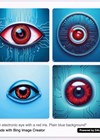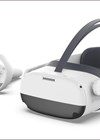For Dec/Jan 2024 we are showcasing a remarkably well-named technological solution.
Empatheyes provides a unique way for people to increase their understanding of the experience of having a sight disorder. Whether for parents of children with sight disorders, corporate awareness sessions or training for staff in hospitals and eye units, improving awareness of sight impairment can only help to improve understanding and empathy.
Historically, simulation glasses (or Sim Specs) have been the primary tool in this area. These have limitations, the most significant being the lack of immersion as the wearer can generally see around the frames and fail to appreciate the experience. Further, a raft of different glasses are required to simulate a range of different visual pathologies.
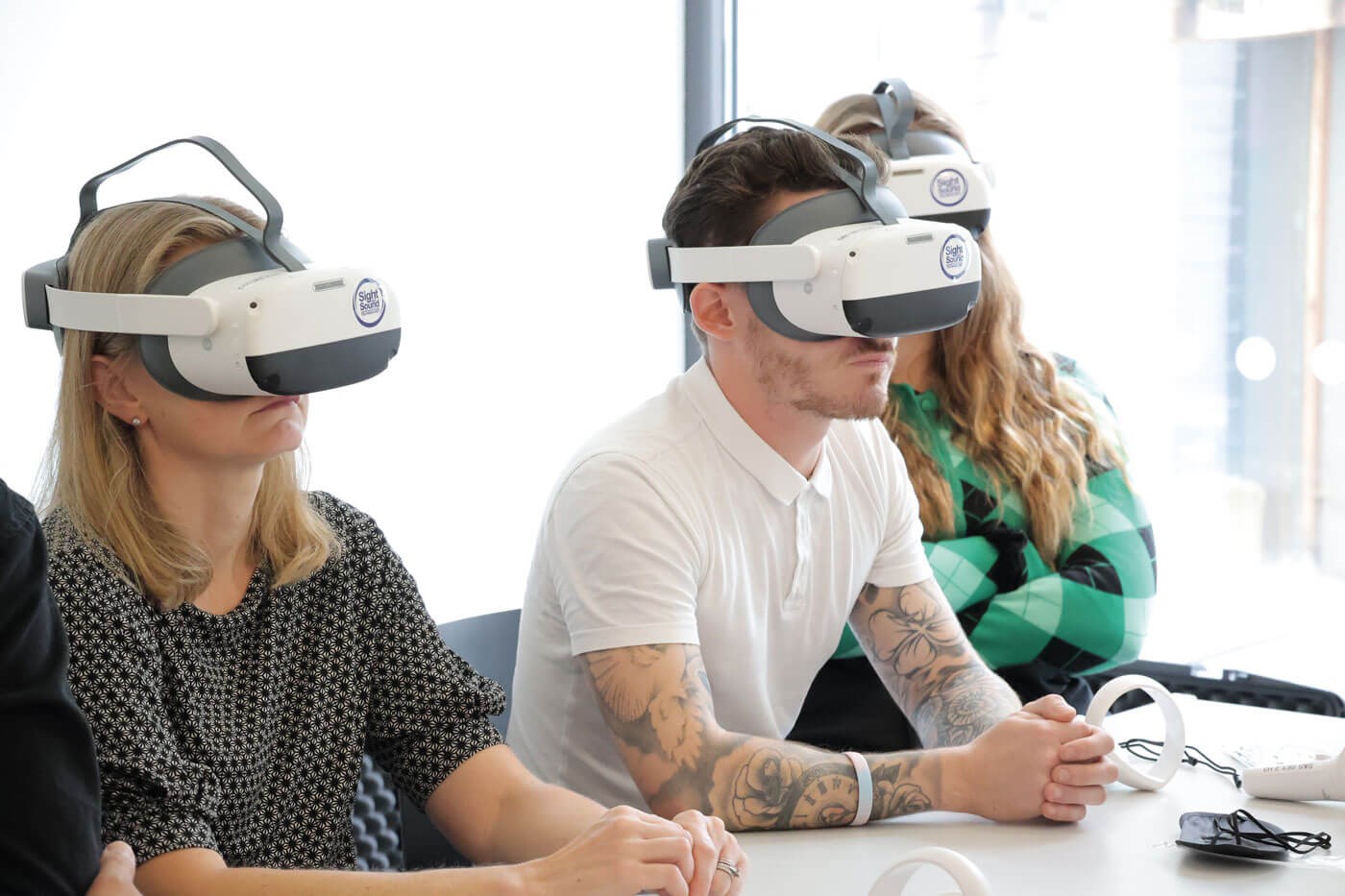
Figure 1: The Empatheyes headset.
Empatheyes, at its heart, is simulation software running on off-the-shelf VR headsets (Figure 1). The software presents the wearer with a simulated scene (a classroom for example) and can overlay a range of visual pathology on top. With this first version it is not possible to use the real world, outside of the headset, as the scene.
Sight impairment training as a service
Unlike the other headset-based technologies we have covered in previous issues, Empatheyes is marketed as an instructor-led service rather than a piece of hardware to purchase. This approach appears well thought out as it allows the supplier to train a large group of users at a single time with multiple headsets. The technology has been designed in a way that all users in a group can wear a headset and the instructor can control a unified experience between them. Individual user head movements independently alter that user’s view, but the scene and the impairment type are consistent between participants. The instructor has a control app to manage this and also a tablet, to allow them to see what is being presented to the participants.
The experience
As mentioned above, Empatheyes is provided as a service, led by an instructor. As an exception, the company was willing to loan me a single headset, control phone and tablet. I was therefore able to experience the simulation first hand. Overall, I was impressed by the solution.
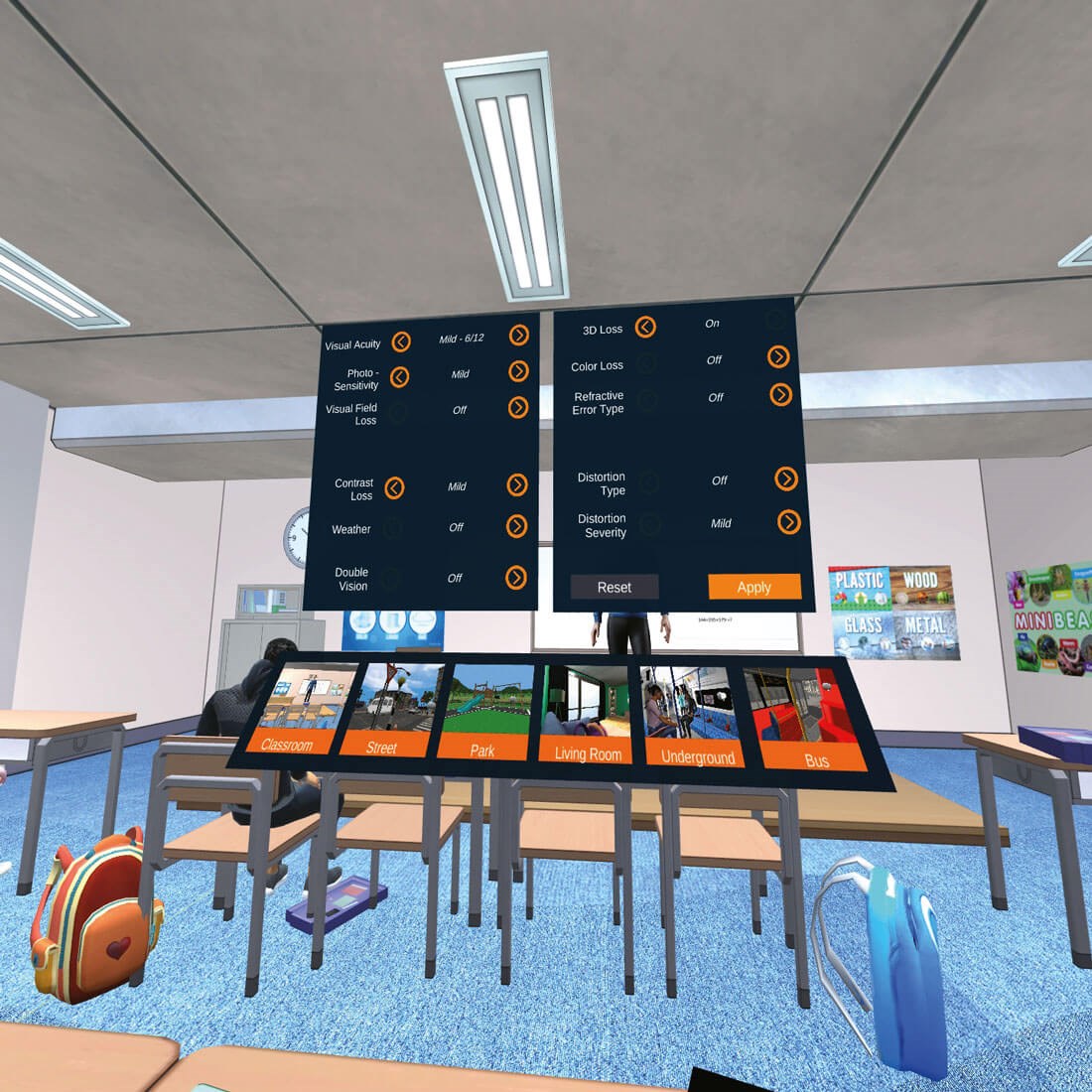
Figure 2: Adjustable controls of the VR experience.
The range of conditions is extensive and finely controllable (Figure 2). The variable strength and ability to stack these impairments is core to the realism. For example, when applying central distortion, the visual acuity can also be reduced to reflect reality more accurately. The scenes provided are dynamic (the traffic moves on the road scene for example) and it is possible to add rain and ramp up the glare. If that is not bad enough, you can add some double vision for a truly shocking road crossing experience. Figure 3 shows the glare when in sunny, wet conditions.
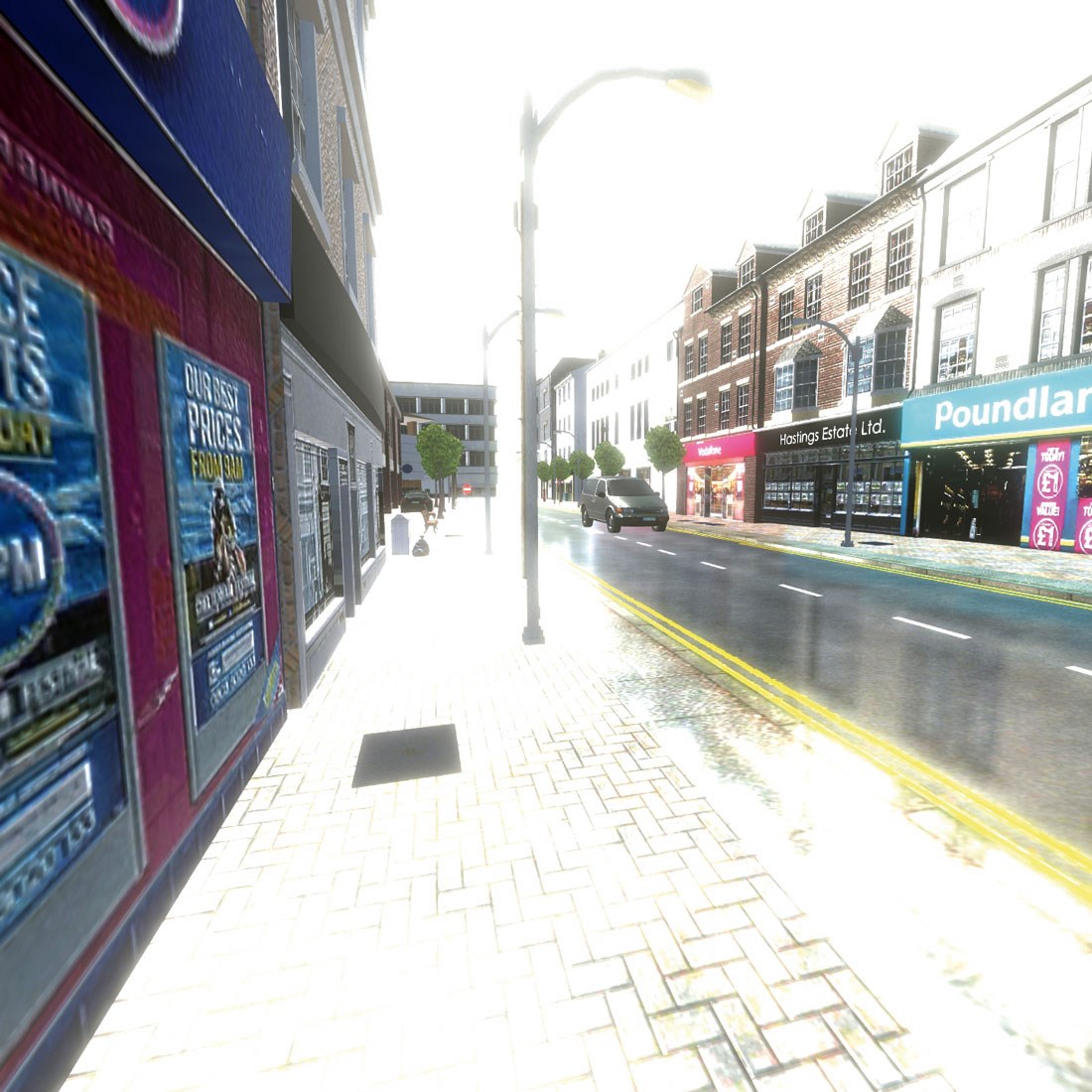
Figure 3: The VR experience of glare when in sunny, wet conditions.
Although I did not experience the instructor-led training, I was able to speak to their lead trainer (an experienced optometrist, with a significant sight impairment themselves). The value of an experienced instructor was evident, as they know how to tweak the various impairment levels and scenes to get the most from the headset and software. The combination of this level of professional training with a novel and capable device was impressive. Having had the opportunity to use the technology, I feel it would be beneficial to patient care if eyecare staff could experience this themselves. I am going to see if I can get a training session booked for the unit where I work.
Price
The UK service partner for Empatheyes is Sight and Sound Technology, the UK and ROI leading provider of Assistive Technology and Empatheyes Delivery Partner. It was Sight and Sound that provided the demo unit. At the time of writing (Autumn ‘23), they had 10 headsets available, and can run single sessions to multi-day training. The approximate price is £100 + VAT per person trained (e.g., £2000 for 20 participants). Sessions of up to 30 people can be delivered in one day.
History
Empatheyes was developed in conjunction with Angel Eyes NI, a charity that supports children with a vision impairment in Northern Ireland. They were looking for a way to show the parents, teachers and support workers what it was like to have a visual impairment. This scenario further highlights the need for a clinically experienced instructor, to handle the emotional impact parents may experience when more clearly understanding how their child sees.
Summary
Empatheyes is an impressive use of VR technology and a clear step up from simulation glasses. The sight impairment simulations are superb and cover a wide range of visual impairment types. The training service offered is fairly priced and the equipment appears reliable and up to the task. The only area of improvement, which is acknowledged by the team, is the slightly blocky and limited quality of graphics that make up the scenery in the background. As these scenes establish the backdrop of what participants are observing, they do have importance. Highly realistic graphical worlds are likely out of reach for small software companies at this stage. Having said that, Empatheyes is a unique and valuable tool that will hopefully find success, allowing it to continue to evolve.
✓ Convincing and immersive simulation
✓ Skilled and valuable instruction provided with the service
X Impairment only visible on computer-generated scenes
✓ Appropriately priced for the service and quality on offer
Further information can be found here:
https://www.sightandsound.co.uk/services/empatheyes
Declaration of competing interests: None declared. The author has no proprietary or financial interests in the products discussed.
COMMENTS ARE WELCOME





